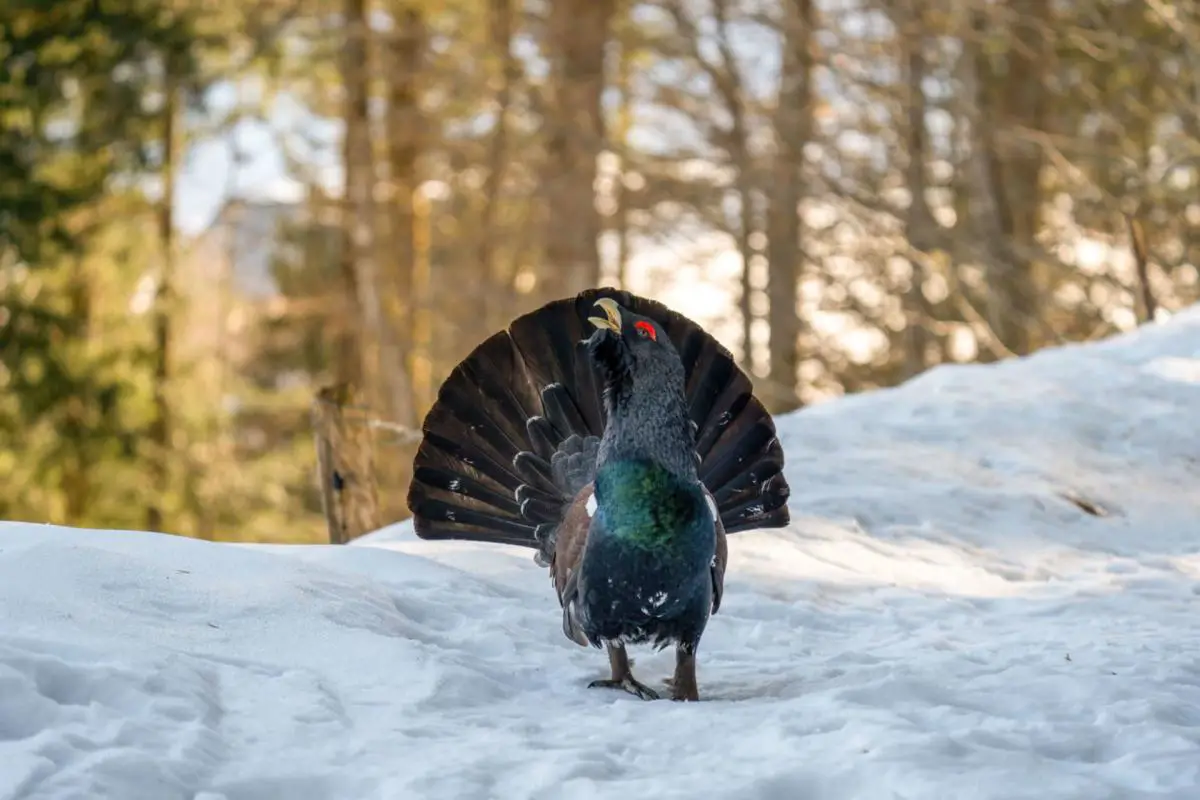While social media is a great way to share nature’s beauty with others, wildlife experts warn that it could have dangerous consequences for endangered species as more people flock to see them.
What’s happening?
As the Guardian reported, vulnerable species such as the capercaillie — a sizable woodland grouse highly sought after for its elaborate display — are facing increasing threats from nature photographers, birdwatchers, and tourists.
In Scotland, only about 530 of the large birds remain in the wild, and conservation workers are finding it harder to keep people from disturbing their habitat. In recent years, many visitors have been caught encroaching on the species’ territory, even during breeding season when it’s illegal to get close to them.
Carolyn Robertson, who oversees the Cairngorms Capercaillie Project, told the Guardian that so many tourists coming to see the birds — even if they mean well — could be “catastrophic” for them. But with social media having such a significant influence, it’s difficult to turn people away.
“There’s actually probably never been a time in human history where you can share information so rapidly to so many people, and with that has come this immense pressure to systems,” Robert Davis, a senior lecturer in wildlife ecology in Australia, told the news outlet.
He explained that the Queen of Sheba orchid native to Australia, which can take a decade to bloom, has had to be fenced in and guarded because of risks from human disturbance. Some orchids are drawing hundreds of tourists to the site, and social media is largely to blame.
Watch now: Concerns grow as production of cult-classic condiment halts amid severe drought
“When something’s that rare, you could single-handedly push it to extinction,” he said.
Why is this important?
It’s understandable to want to see rare species, especially if they’re endangered or highly coveted. However, it’s important to respect wildlife and give animals the space they need to thrive. This protects biodiversity and ensures that species are around for current and future generations to enjoy.
It also highlights the need for responsible social media use, especially since photos and videos can go viral so quickly and spark a “social media race” to get the best shot of a species or location.
Do you think America does a good job of protecting its natural beauty?
Definitely
Only in some areas
No way
I’m not sure
Click your choice to see results and speak your mind
What’s being done to protect endangered species?
Some nature enthusiasts and conservationists are doing their part to protect nature by keeping the locations of endangered species a secret. For example, natural history writer James Lowen told the Guardian that he removed capercaillie from his recently published book to keep them out of the spotlight.
In 2023, the Cairngorms Capercaillie Project launched a campaign on social media to discourage people from posting photos of the bird. Robertson said that the campaign has been successful, with 55% fewer tourists flocking to breeding sites this year.
We can do our part by donating to conservation groups that help protect endangered species and talking with friends and family about how social media can affect animals.
Join our free newsletter for good news and useful tips, and don’t miss this cool list of easy ways to help yourself while helping the planet.


Leave a Comment